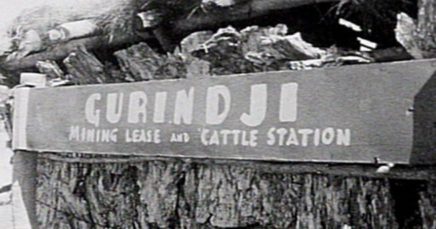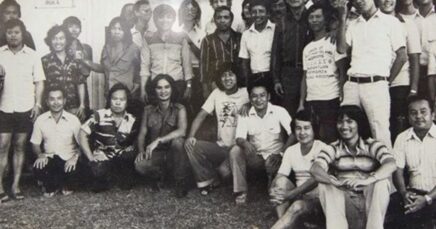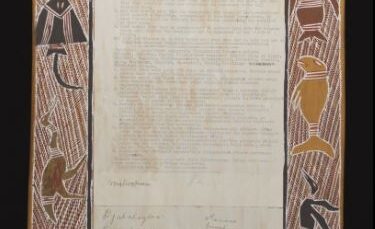Watch Video
Read Article
The first of May has long been a day of celebration for the international workers’ movement. Why do we celebrate May Day?
The May Day protests grew out of the struggle for the eight-hour day.

Stonemasons in Melbourne and Sydney had won the eight-hour day as a general industry standard in 1856, setting an international benchmark. In the decades to come workers campaigned to extend the right to other industries.
In 1886 unions in the United States planned a massive general strike for the eight-hour day on 1 May.
Somewhere between 300,000 to 500,000 workers took strike action on that day.

On 4 May a protest was interrupted when an unidentified figure threw dynamite from the crowd. Mass repression of the labour movement followed.

In 1889 the Congress of the Second International – which was the big organisation of working-class political parties – determined to hold a global day of protest to demand the eight hour day on 1 May.

Many in the movement made the direct connection between this protest and the anniversary of the 1 May strikes, and the repression that followed, in the United States.
The first day of protest began in 1890. Australian workers already celebrated the eight-hour day, and campaigned for its extension, on our own day of commemoration, so May Day was not a major event that year – though there was a dinner in Melbourne to celebrate the event.

There is some evidence, however, that Australia experienced an accidental May Day march in 1890!
Protests by Butchers to celebrate their recent victory for “Legitimate Working Hours”, took place in Sydney and in Brisbane on that day.
But it seems this torchlit procession was organised without reference to, or possibly even knowledge of, the international May Day marches taking place.
The Shearers’ Strike of 1891 changed this, and the first confirmed May Day protest in Australia took place that year.

At that time, a major offensive by employers in the shearing industry had precipitated the mass strike by shearers in Queensland.
Employers insisted on what they called “freedom of contract” – which really meant de-unionisation.
The shearers, proud union members, resisted.
In Barcaldine, Queensland, which was the centre of the strike, a protest march was held on 1 May as part of the strike, connecting it to the international struggle of labour.
Over 1300 workers took part (with around 600 on horseback) with union banners and carrying the Eureka Flag.
This was explicitly timed to coincide with the international day of protest. As one union newspaper reported:
Only a few days’ notice was received that the members of the working community would celebrate Labor’s chief festival by a procession in unison with the great cosmopolitan army of Labor…
This was an important act of internationalism, one that connected workers in Australia to the global struggle.
But it is important to remember that this was a contradictory and incomplete form of international solidarity: the vast majority of the Australian movement in 1891 also openly embraced the repugnant racist policies of racial exclusion, and policies of ongoing dispossession of First Nations peoples.
We should not excuse or forget this aspect of our history – but learn from it, and do better as we demonstrate international solidarity today.
The original May Day protest was supposed to be just that, one protest. But it quickly grew into something much more: a global celebration of workers and our movement.
More than just a protest against inequity, it was a proclamation of intent: a collective imagining of the better future the movement strove to create.
The Australian workers’ movement developed our own tradition of commemoration, one that continues until today.
This has tended to join protest and celebration.
It was a time when across the globe working people could commemorate our defeats, celebrate our victories, and dream of the better world still to come.
So happy May Day.



